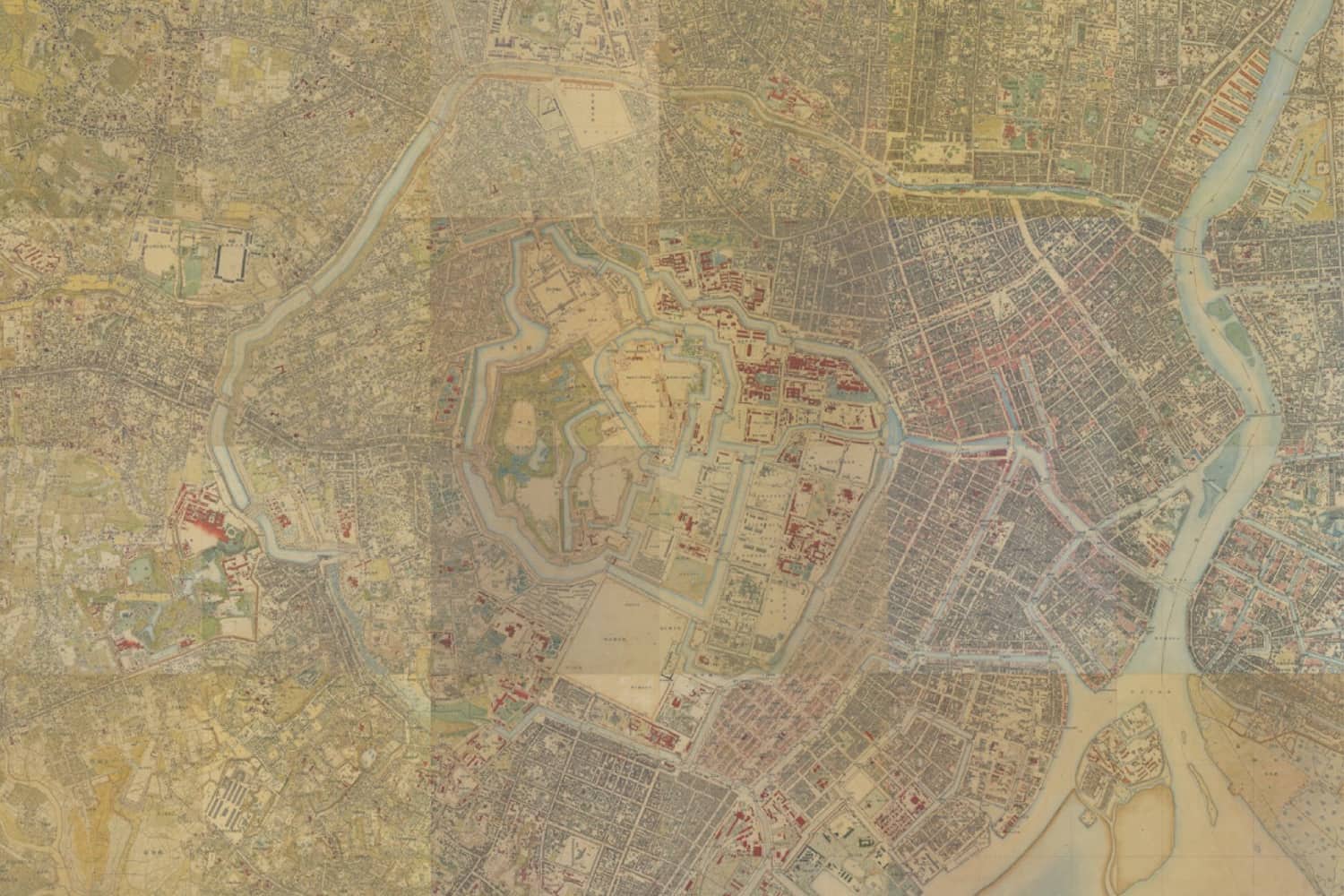Hybrid System with Ornamental Garden Ponds and Functional Water System in Historical Cities in Japan
Downloads
DOI:
https://doi.org/10.7480/spool.2020.2.4039Keywords:
landscape architecture, traditional garden, water network, historical aqueduct, green infrastructure, Japanese gardens, garden designAbstract
This research aims to reveal the workings of hybrid systems with ornamental garden ponds and functional water systems in historical Japanese garden cities through researching old maps, documents, and measuring canals and garden ponds in three old cities (Edo/ Tokyo, Kanra-Gunma, and Kojirokuji-Nagasaki). As a result, the following things became clear: (1) If more than 50% of canals run through private land, canals are complicatedly divided to reduce quantitative (flood and drought) and qualitative (pollution) risk; (2) Lords of these cities lived at the termination points of the systems to control the water quality of the entire water networks; (3) In most cases, canals are not directly connected to garden ponds. In the few cases in which garden ponds have the functionality to control amounts of water downstream or upstream, garden ponds are directly connected; (4) Garden design variety becomes richer in accordance with the topographical situation; (5) In gardens, canals are divided into different uses; ornamental use and practical use for daily life.
How to Cite
Published
License
Copyright (c) 2020 Akihiko Ono

This work is licensed under a Creative Commons Attribution 4.0 International License.

References
Amasaki, H. (1984). Water network and garden ponds in Nanzenji-temple. The Journal of Kyoto College of Art, Kyoto
Inatsugi, T. (1990). 庭園と住居の< ありやう> と< 見せかた・ 見えかた> ― 日本・中国・韓国― [Space and design about garden and houses in Japan, China and Korea]. Tokyo: Sankaido
Ito, S. & Morimoto, Y. (2003). Garden Ponds as Wildlife Habitats for Fish from Lake Biwa into Kyoto City. Journal of The Japanese Institute of Landscape Architecture 66(5) 621-626, Tokyo
Kim, Y., Ono, A., Zhang, J., & Mitani, T. (2017). A Study of the Spatial Composition and Elements in Korean Byeol-Seo Garden. Journal of The Japanese Institute of Landscape Architecture 80(5) 599-602, Tokyo
Kim, Y., Ono, A., Zhang, J., & Mitani, T. (2018). A Study on Enclosing Characteristics of Topography around the Korean Byeol-Seo Garden. Landscape Research Japan Online 81(5) 559-564, Tokyo
Mori, O. (1962). 寝殿造系庭園の立地的考察 [A geographical study on gardens for Shinden-zukuri style architectures]. Nara National Research Institute for Cultural Properties, Nara, Japan
Ohashi, M., Mizuuchi, Y., & Ono A. (2019). A Study on the Planting Design of Ginkgo trees and the Process of Ginkgo trees Landscape Formation in old Yamazaki village in Inazawa, Aichi prefecture, Journal of The Japanese Institute of Landscape Architecture 82(5) 469-474, Tokyo
Ono, A. (2016). A study on Revetment Design of Canals and Gardens in Suzhou, China. 11th International Symposium on Architectural Interchange in Asia 950-953 Sep, Sendai, Japan
Ono, A., Li, K, Zhang, J., & Mitani, T. (2012). A Study on the Spatial Composition between Garden Architectures and Garden Ponds in Suzhou, China. 13th International Symposium of Landscape Architecture, Korea, China, and Japan 49-53, Suncheon, Korea
Ono, A., Li, K, Zhang, J., & Mitani, T. (2013). A Study on the Relationship between the Pond Waterside and the Garden Pavilion as a United Space Design. Journal of The Japanese Institute of Landscape Architecture 76(5) 497-500, Tokyo.
Ono, A. & Mitani, T. (2010). A study on the Relationship between the Topography and Gardens in Edo. UIA2011TOKYO Academic Program 103-108, Tokyo.
Ono, A. & Kim, Y. (2018). Redefining an Abandoned Old Aqueduct System As Green Infrastructure: IFLA World Congress, Singapore.
Ono, A. & Kim, Y. (2018). A Study on Renovation of Historical Green Infrastructure in Tokyo, Japan. The 12th ISAIA 2018 Pyeongchang Korea, p2071-2074, Pyeongchang Korea.
Sasaki, K. & Nagai, Y. (2016). Recent Changes of Watercourses Supporting the Pond of Garden at Matsushiro, Castle Town, in Nagano City. The Academic Society of Japanese Garden, 1-10, Tokyo.
Steenbergen, C. & Reh, W. (2003). Architecture and Landscape: The Design Experiment of the Great European Gardens and Landscapes, The Netherlands, Birkhauser.
Yamaguchi, K., Nakashima, K., & Kawasaki, M. (2009). Characteristics of Scenic Views and Topographic Enclo-sure of the Traditional Gardens in Kyoto, Japan. Society of Civil Engineers D 65(3), 317-328.



